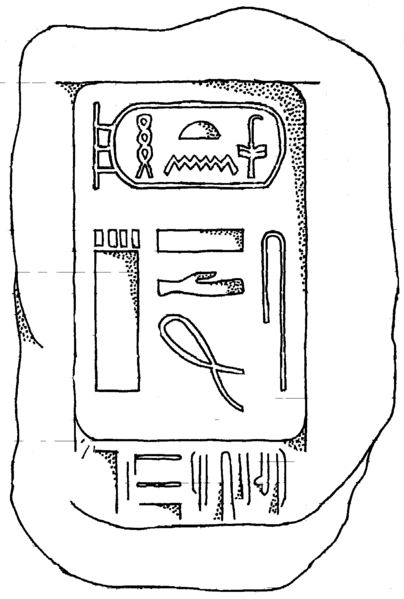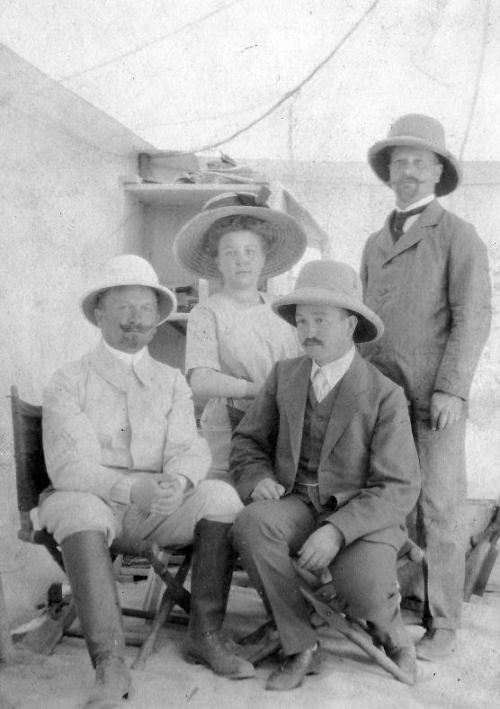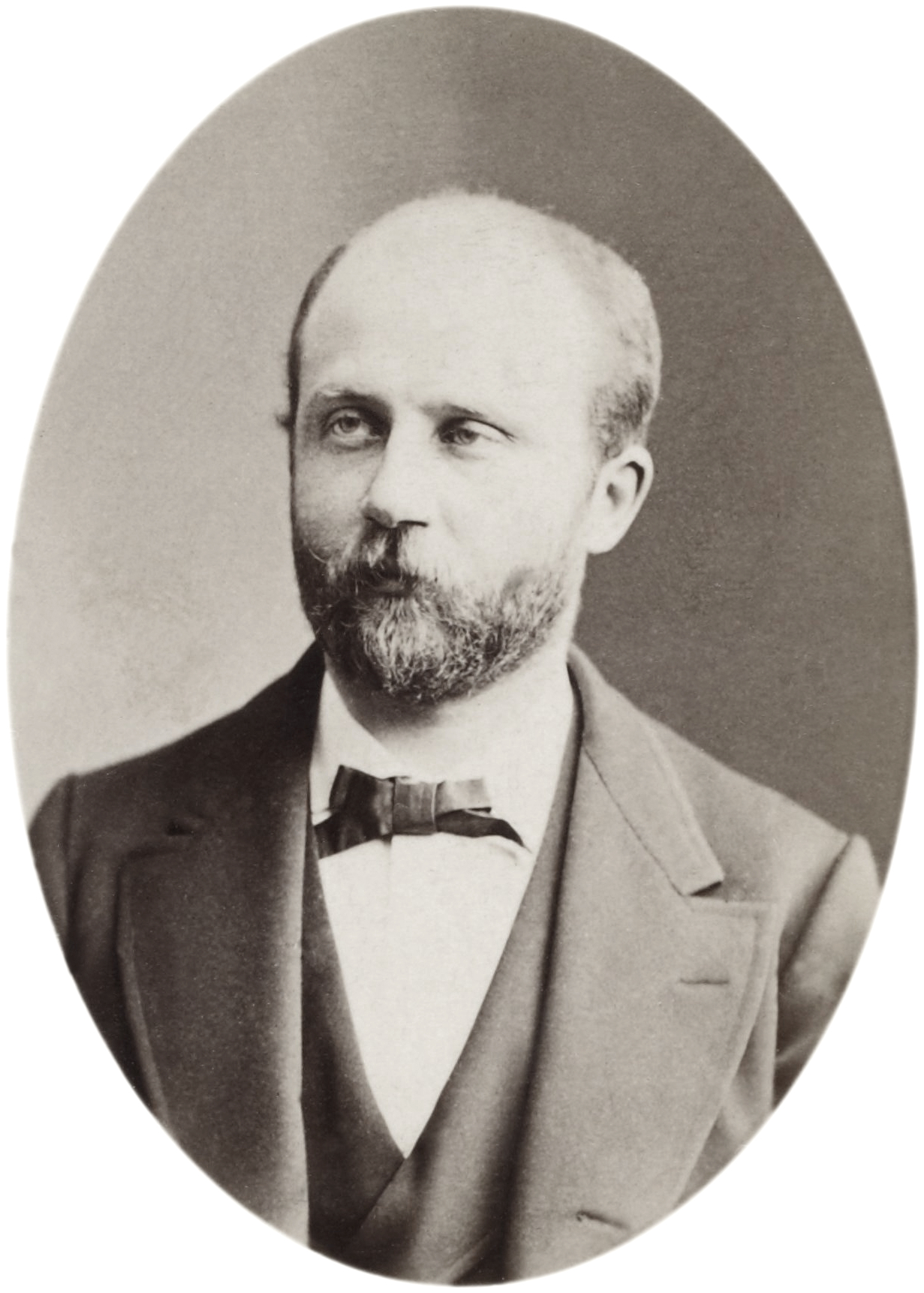|
Pehernefer
Pehernefer (also written Peher-nefer) is the personal name of an ancient Egyptian high official, who held office under the reigns of the pharaohs Huni and Sneferu, in the time between the end of 3rd Dynasty and the beginning of the 4th Dynasty during the Old Kingdom period.Harco Willems: ''Historical and Archaeological Aspects of Egyptian Funerary Culture: Religious Ideas and Ritual Practice in Middle Kingdom Elite Cemeteries''. BRILL, Leiden 2014, , p. 22-23. Identity Career Everything known about Pehernefer, including his high titles and his career, comes from tomb inscriptions. These reveal that he held high positions, such as:Wolfgang Helck: ''Untersuchungen zur Thinitenzeit'' (= ''Ägyptologische Abhandlungen (ÄA)'', vol. 45). Harrassowitz, Wiesbaden 1987, , p. 274 & 289.Toby A. H. Wilkinson: ''Early Dynastic Egypt''. Routledge, London 2002, , p. 109, 110, 114, 119 and 121.Hratch Papazian: ''Departments, Treasuries, Granaries and Work Centers''. In: Juan Carlos Moreno ... [...More Info...] [...Related Items...] OR: [Wikipedia] [Google] [Baidu] |
Netjeraperef
Netjeraperef is the name of an ancient Egyptian high official and prince. He lived and worked at the transition time between Third Dynasty of Egypt, 3rd and Fourth Dynasty, 4th Dynasty during the Old Kingdom of Egypt, Old Kingdom period.Aidan Dodson, Dyan Hilton: ''The Complete Royal Families of Ancient Egypt''. Thames & Hudson, London 2004, , p. 52 & 61. Identity Family Netjeraperef was most possibly a son of king (pharaoh) Snefru. However, this suggestion is disputed, because the elite title "son of the king" was often merely an honorary title during the Old Kingdom, given to rightful officials of extraordinary ranks. "Real" princes bore the title "bodily son of the king". Titles As a high-ranking official and priest, Netjeraperef held many bureaucratic and priestly titles: * Son of the King (Egyptian: ''Sa-nesw''). * Overseer of the phyles of Lower Egypt (Egyptian: ''Imy-ra-zau-Shemaw''). * Overseer of the commissioners (Egyptian: ''Imy-ra-wpwt''). * Chief of the nomes ( ... [...More Info...] [...Related Items...] OR: [Wikipedia] [Google] [Baidu] |
Metjen
Metjen (also read as Methen) was an ancient Egyptian high official at the transition time from 3rd Dynasty to 4th Dynasty. He is famous for his tomb inscription, which provide that he worked and lived under the kings (pharaohs) Huni and Sneferu. Identity Family According to his own tomb inscriptions, Metjen was a son of the high official Inpu-em-Ankh, a judge at the royal court of justice and a royal scribe. Metjen's mother was a high priestess named ''Neb-senet''. Metjen also had children, which he indirectly mentions, but their names are not handed down.Toby A. H. Wilkinson: ''Early Dynastic Egypt''. Routledge, London/New York 2001, , p. 93, 112, 125 & 147.Wolfgang Helck: ''Untersuchungen zur Thinitenzeit'' (= ''Ägyptologische Abhandlungen'', Vol. 45). Harrassowitz, Wiesbaden 1987, , p. 268–274. Titles As a high-ranking official, Metjen bore several elite titularies: * ''Confidant of the king'' (Egyptian: ''Rekh-neswt''). A title that allowed Metjen to receive audi ... [...More Info...] [...Related Items...] OR: [Wikipedia] [Google] [Baidu] |
Huni
Huni (original reading unknown) was an ancient Egyptian king and the last pharaoh of the Third Dynasty of Egypt during the Old Kingdom period. Following the Turin king list, he is commonly credited with a reign of 24 years, ending c. 2613 BC. Huni's chronological position as the last king of the third dynasty is seen as fairly certain, but there is still some uncertainty on the succession order of rulers at the end of the 3rd dynasty. It is also unclear under which Hellenized name the ancient historian Manetho could have listed him in his historical writing ''Aegyptiacae''. Most possibly he is to be identified with the Hellenized name Aches, as Winfried Barta proposes. Many Egyptologists believe that Huni was the father and direct predecessor of king Sneferu, but this is questioned by other scholars. Huni is seen by scholars as a confusing figure in Egyptian history, because he was long remembered in Egyptian traditions, but very few documents, objects or monuments f ... [...More Info...] [...Related Items...] OR: [Wikipedia] [Google] [Baidu] |
Meresankh I
Meresankh I ("She loves life") was an ancient Egyptian kingʻs wife and the mother of King Sneferu.Dodson, Aidan and Hilton, Dyan. ''The Complete Royal Families of Ancient Egypt''. Thames & Hudson. 2004. She may have been a wife of King Huni, the last king of the 3rd Dynasty.Meresankh Iʻs name appears on a fragment of the Palermo Stone and an estate of Meresankh may be named in the tomb of Pehernefer in Saqqara. She is named alongside her son Sneferu in graffiti in the pyramid temple at Meidum. This graffiti dates to the reign of Tuthmosis III of the 18th Dynasty. The text recites a ''hetep di nesu'' (offerings) text for the ''ka'' of King Sneferu Sneferu ( snfr-wj "He has perfected me", from ''Ḥr-nb-mꜣꜥt-snfr-wj'' "Horus, Lord of Maat, has perfected me", also read Snefru or Snofru), well known under his Hellenized name Soris ( grc-koi, Σῶρις by Manetho), was the founding phar ... and Queen Meresankh.Alexander J. Peden: ''The graffiti of pharaonic Egypt: scope ... [...More Info...] [...Related Items...] OR: [Wikipedia] [Google] [Baidu] |
Akhetaa
Akhetaa (also written Achtiaa and Aa-Akhti) was an ancient Egyptian high official during the mid to late 3rd Dynasty ( Old Kingdom period). He is mostly known for his tomb inscriptions, which refer to various seldom used titles as well as to the shadowy king Nebka, in whose cult Akhetaa served. Identity Family Akhetaa was married to the ''confidant of the king'', ''Meretenes''. This lady is possibly the first of the Old Kingdom who was honoured with the female version of the aristocratic title "confidant of the king". Titles As a high-ranking official and priest, Akhetaa bore several elite and pious titularies: * Confidant of the king (Egyptian: ''Rekh-neswt''). * Companion of the royal house (Egyptian: ''Semer-per-nesw''). * Great one of the 'ten of Upper Egypt (Egyptian: ''Wer-medj-shemaw''). * Privy to all secrets and affairs of the king (Egyptian: ''Herj-seshet-neb-hety-nebef-en-nesw''). * Director of the food menu (Egyptian: ''Kherep-seh''). * Director of the twin b ... [...More Info...] [...Related Items...] OR: [Wikipedia] [Google] [Baidu] |
Khabawsokar
Khabawsokar (also read Khabawseker) was an Ancient Egyptian high official during the early to midst 3rd dynasty. He is famous for his tomb inscription and his unique nickname.Peter Jánosi: ''Die Gräberwelt der Pyramidenzeit'' (= ''Zaberns Bildbände zur Archäologie''-series). von Zabern, Mainz 2006, , p. 16, 31 - 33. Identity Family Khabawsokar was married to the ''priestess of Hathor'', ''Hathor-neferhetepes''. Titles As a high-ranking official and priest, Khabawsokar bore several elite and pious titularies:William Stevenson Smith, William Kelly Simpson: ''The art and architecture of ancient Egypt'' (= ''The Pelican history of art'', vol. 14), 2nd edition. Penguin Books, New York 1981, , p. 63–67. * ''Confidant of the king'' (Egyptian: ''Rekh-neswt''). A title that allowed Khabawsokar to receive audiences at the pharaoh. * ''Privy council'' (Egyptian: ''Sa'ab''). * ''High priest of Anubis'' (Egyptian: ''Heqa-netjer-Inpu''). * ''God's servant of Sokar'' (Egyptian: ' ... [...More Info...] [...Related Items...] OR: [Wikipedia] [Google] [Baidu] |
27th-century BC People
The 7th century is the period from 601 ( DCI) through 700 ( DCC) in accordance with the Julian calendar in the Common Era. The spread of Islam and the Muslim conquests began with the unification of Arabia by Muhammad starting in 622. After Muhammad's death in 632, Islam expanded beyond the Arabian Peninsula under the Rashidun Caliphate (632–661) and the Umayyad Caliphate (661–750). The Muslim conquest of Persia in the 7th century led to the downfall of the Sasanian Empire. Also conquered during the 7th century were Syria, Palestine, Armenia, Egypt, and North Africa. The Byzantine Empire suffered setbacks during the rapid expansion of the Caliphate, a mass incursion of Slavs in the Balkans which reduced its territorial limits. The decisive victory at the Siege of Constantinople in the 670s led the empire to retain Asia Minor which assured the existence of the empire. In the Iberian Peninsula, the 7th century was known as the ''Siglo de Concilios'' (century of councils) refe ... [...More Info...] [...Related Items...] OR: [Wikipedia] [Google] [Baidu] |
Overseer Of The Treasury
Overseer may refer to: Professions *Supervisor or superintendent; one who keeps watch over and directs the work of others *Plantation overseer, often in the context of forced labor or slavery *Overseer of the poor, an official who administered relief for poor people *''Provveditore'', gubernatorial title in the Republic of Venice *Website overseer *Overseer (rank), a rank in Arab armies. Other uses *Aerojet SD-2 Overseer, an unmanned aerial vehicle (UAV) used by the US Army in the 1950s and 1960s *Many Holiness and Pentecostal denominations call senior church leaders "overseers" or "general overseers." This is a literal translation of the Greek word ἐπίσκοπος, which was borrowed into Latin as episcopus and ultimately became the English word Bishop. *CASM Overseer, a series of Chinese UAVs *Overseer, formerly The Overseer Project, a role-playing game based on the fictional game SBURB from the Homestuck universe. *Rob Overseer, British music producer *Overseer (probate ... [...More Info...] [...Related Items...] OR: [Wikipedia] [Google] [Baidu] |
People Of The Third Dynasty Of Egypt
A person ( : people) is a being that has certain capacities or attributes such as reason, morality, consciousness or self-consciousness, and being a part of a culturally established form of social relations such as kinship, ownership of property, or legal responsibility. The defining features of personhood and, consequently, what makes a person count as a person, differ widely among cultures and contexts. In addition to the question of personhood, of what makes a being count as a person to begin with, there are further questions about personal identity and self: both about what makes any particular person that particular person instead of another, and about what makes a person at one time the same person as they were or will be at another time despite any intervening changes. The plural form "people" is often used to refer to an entire nation or ethnic group (as in "a people"), and this was the original meaning of the word; it subsequently acquired its use as a plural form of per ... [...More Info...] [...Related Items...] OR: [Wikipedia] [Google] [Baidu] |
Hermann Junker
Hermann Junker (29 November 1877 in Bendorf – 9 January 1962 in Vienna) was a German archaeologist best known for his discovery of the Merimde-Benisalam site in the West Nile Delta in Lower Egypt in 1928. Early life Junker was born in 1877 in Bendorf, the son of an accountant. In 1896 he joined the seminary at Trier, studying theology, where he developed an interest in philosophy and oriental languages. After four years of study Junker entered the priesthood and became a chaplain in Ahrweiler, continuing his language studies with Alfred Wiedemann in Bonn, gradually devoting himself only to Egyptology. Professional education In 1901 Junker began studying under Adolf Erman in Berlin, publishing his dissertation in 1903 titled "On the writing system in the Temple of Hathor in Dendera". In 1906 he published a grammar of the texts at Dendera, which got him an appointment in 1907 as associate professor of Egyptology at the University of Vienna. In 1908 he traveled for the first ... [...More Info...] [...Related Items...] OR: [Wikipedia] [Google] [Baidu] |
Austria
Austria, , bar, Östareich officially the Republic of Austria, is a country in the southern part of Central Europe, lying in the Eastern Alps. It is a federation of nine states, one of which is the capital, Vienna, the most populous city and state. A landlocked country, Austria is bordered by Germany to the northwest, the Czech Republic to the north, Slovakia to the northeast, Hungary to the east, Slovenia and Italy to the south, and Switzerland and Liechtenstein to the west. The country occupies an area of and has a population of 9 million. Austria emerged from the remnants of the Eastern and Hungarian March at the end of the first millennium. Originally a margraviate of Bavaria, it developed into a duchy of the Holy Roman Empire in 1156 and was later made an archduchy in 1453. In the 16th century, Vienna began serving as the empire's administrative capital and Austria thus became the heartland of the Habsburg monarchy. After the dissolution of the H ... [...More Info...] [...Related Items...] OR: [Wikipedia] [Google] [Baidu] |
Gaston Maspero
Sir Gaston Camille Charles Maspero (23 June 1846 – 30 June 1916) was a French Egyptologist known for popularizing the term "Sea Peoples" in an 1881 paper. Maspero's son, Henri Maspero, became a notable sinologist and scholar of East Asia. Early life Gaston Maspero was born in Paris in 1846 to Adela Evelina Maspero, born in Milan in 1822, daughter of a Milanese printer, and of an unnamed father, but identified by family tradition with Camillo Marsuzi de Aguirre, Italian revolutionary on the run. He was educated at the Lycee Louis-le-Grand, Jesuit boarding school and university at the ''École normale''. While at school he showed a special taste for history and became interested in Egypt following a visit to the Egyptian galleries of the Louvre at the age of fourteen. At university he excelled in Sanskrit as well as hieroglyphics. It was while Maspero was in final year at the ''École normale'' in 1867 that friends mentioned his skills at reading hieroglyphics to Egyptologi ... [...More Info...] [...Related Items...] OR: [Wikipedia] [Google] [Baidu] |



_1938.jpg)

